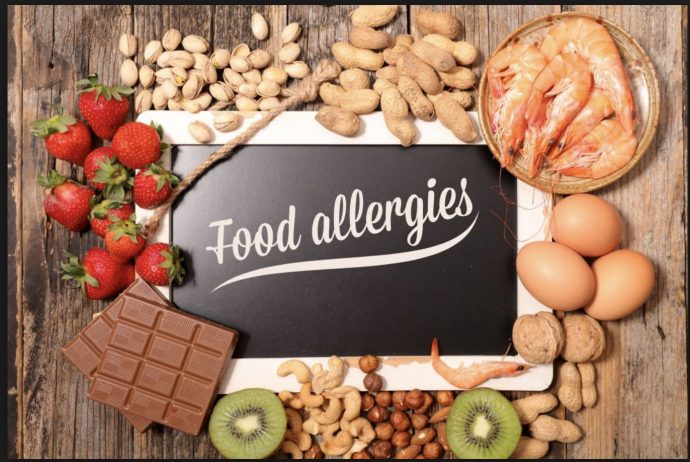Common Food Allergies
Arguably, any food is capable of causing an allergy. However, at least 90 percent of food allergies or allergic reactions to food are caused by just a handful of foods. “Allergen” is known as the major substance that causes an allergic reaction in foods or drinks. Studies show that almost all allergens are proteins substances.
However, for many people, these proteins are not considered as allergens, since their immune system does not react to them. It is understandable that food allergies or allergic reactions are caused by individual immune system’s responses to these proteins.
In children, most food allergies are caused by foods such as milk, peanuts, tree nuts, soybean, wheat as well as eggs. However, food allergies in most children stop early on in their childhood. Usually, allergic adults react to food such as nuts, citrus fruit, peanuts, fish, wheat, and shellfish.
The following are the most common in food allergies:
• Fish
• Eggs
• Milk
• Peanuts (groundnuts)
• Nuts from trees (such as walnuts, hazelnuts, Brazil nuts, and almonds)
• Soybean
• Shellfish (including shrimp, mussels, and crab)
• Wheat
Fish Allergy
More often than not, fish allergy can result in many reactions, including anaphylaxis. On the other hand, allergic reaction to fish and shellfish typically common to adults than children. This owes majorly to the fact that adults eat these foods more often than children.
Dairy Allergy (Eggs and Milk)
Just like the majority of other food allergies, dairy intolerance is a very common occurrence in childhood. However, almost half of these children will eventually grow out of it by the age of 3. Egg allergy can also cause anaphylaxis in few cases.
Below are the three proteins that cause egg allergy:
• Ovalbumin
• conalbumin
• Ovomucoid
During childhood, allergy to cows’ milk is the most common food allergy. A small amount of milk can trigger a reaction by, either from feeding cows’ milk to the baby or by being passed to the baby through the mother’s breast milk from dairy products she has eaten.
It is possible for children usually grow out of milk allergy. However, in certain cases of milk allergy, about one out of the five of children will still be allergic as adults.
Conclusion
Dealing with food allergies on a day to day life aspect can be difficult especially when dining in restaurants. You should always double check what you are consuming in order to avoid negative side affects that can be caused by these allergies. On a positive note, you can always use these allergies to your benefit by finding substitutions to work with your diet.







